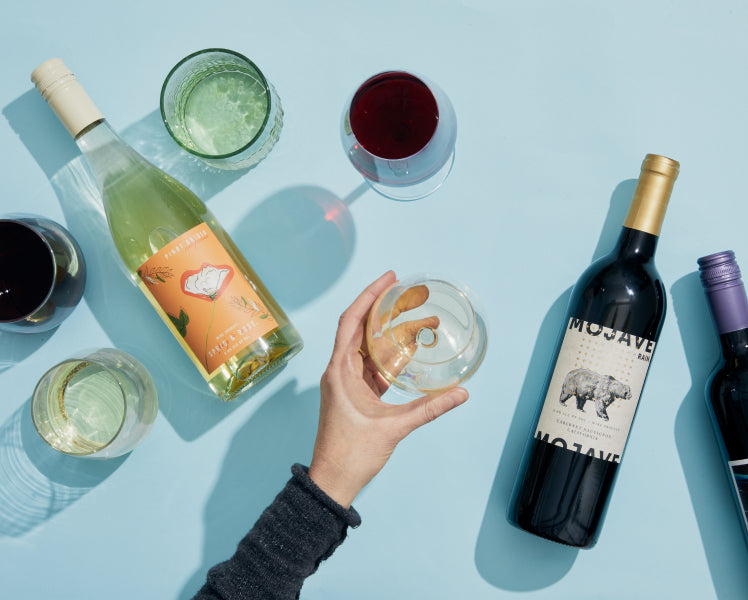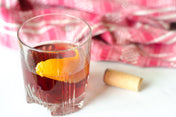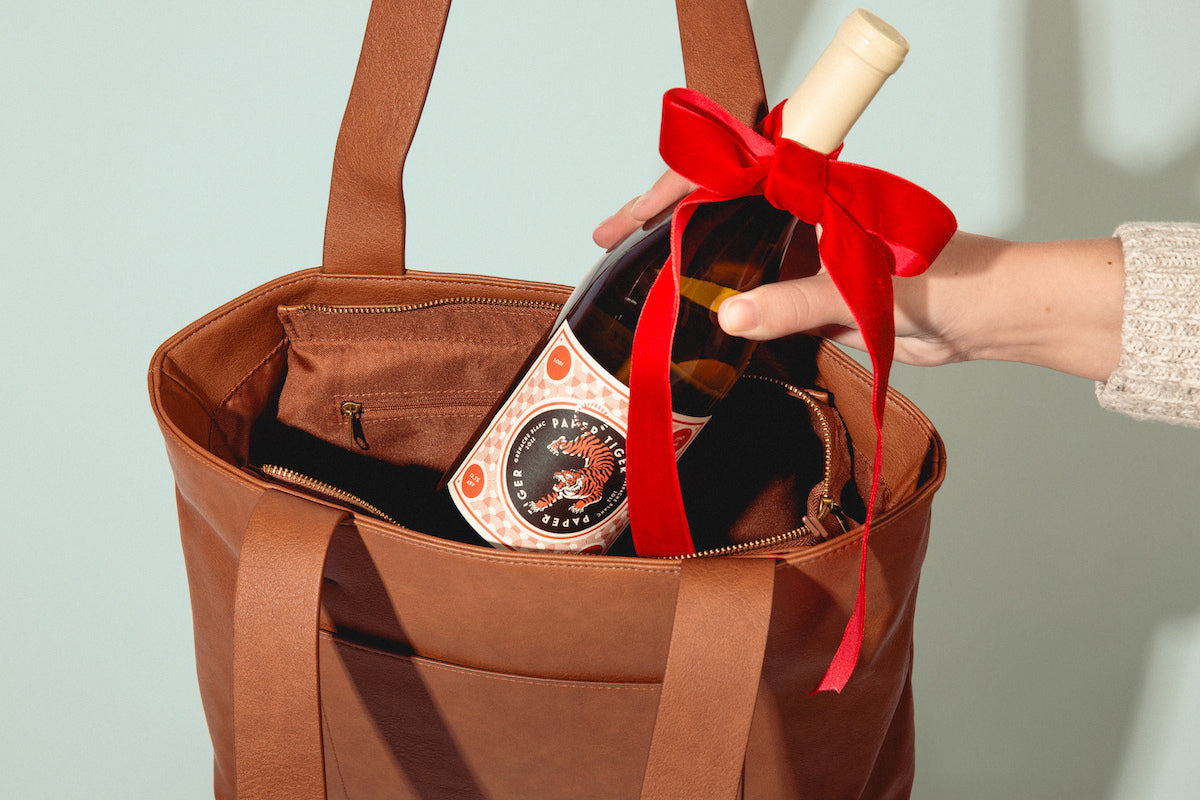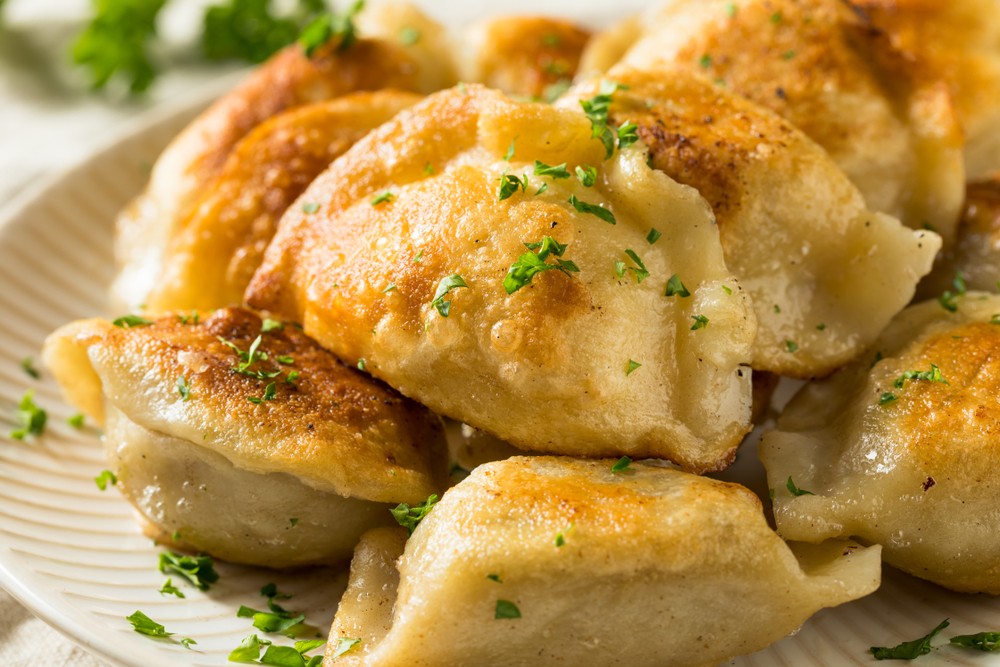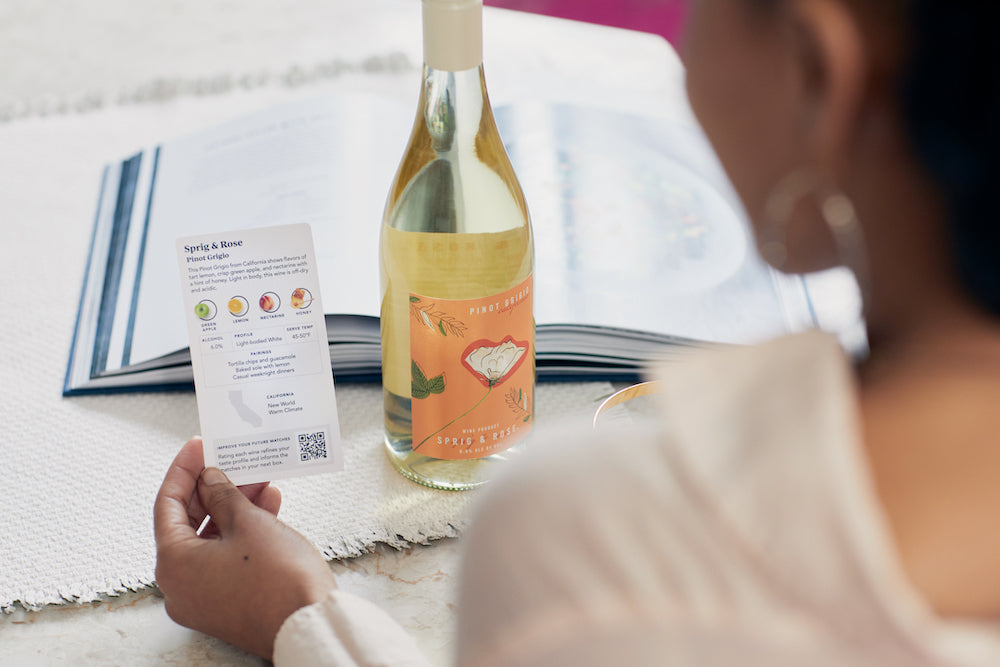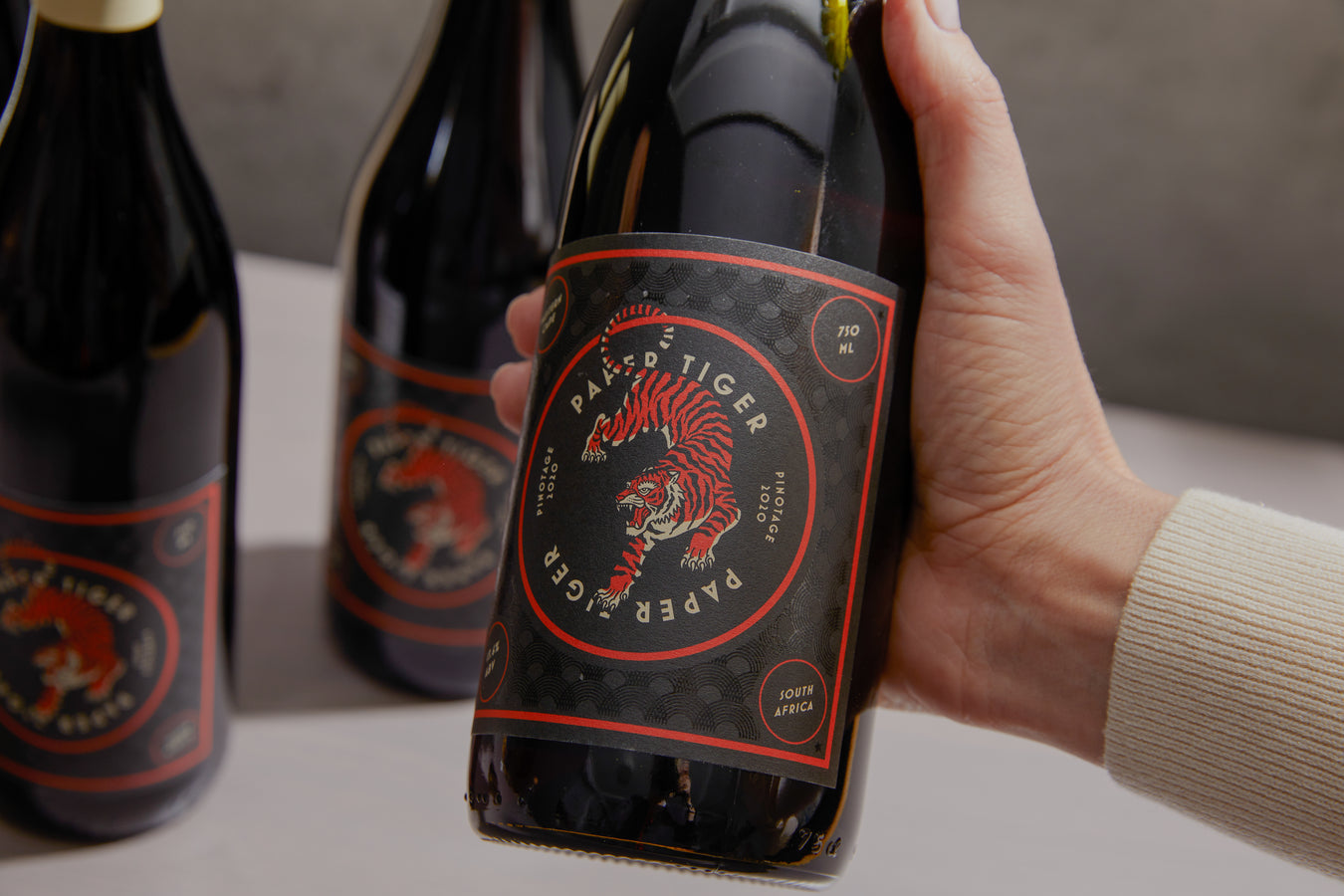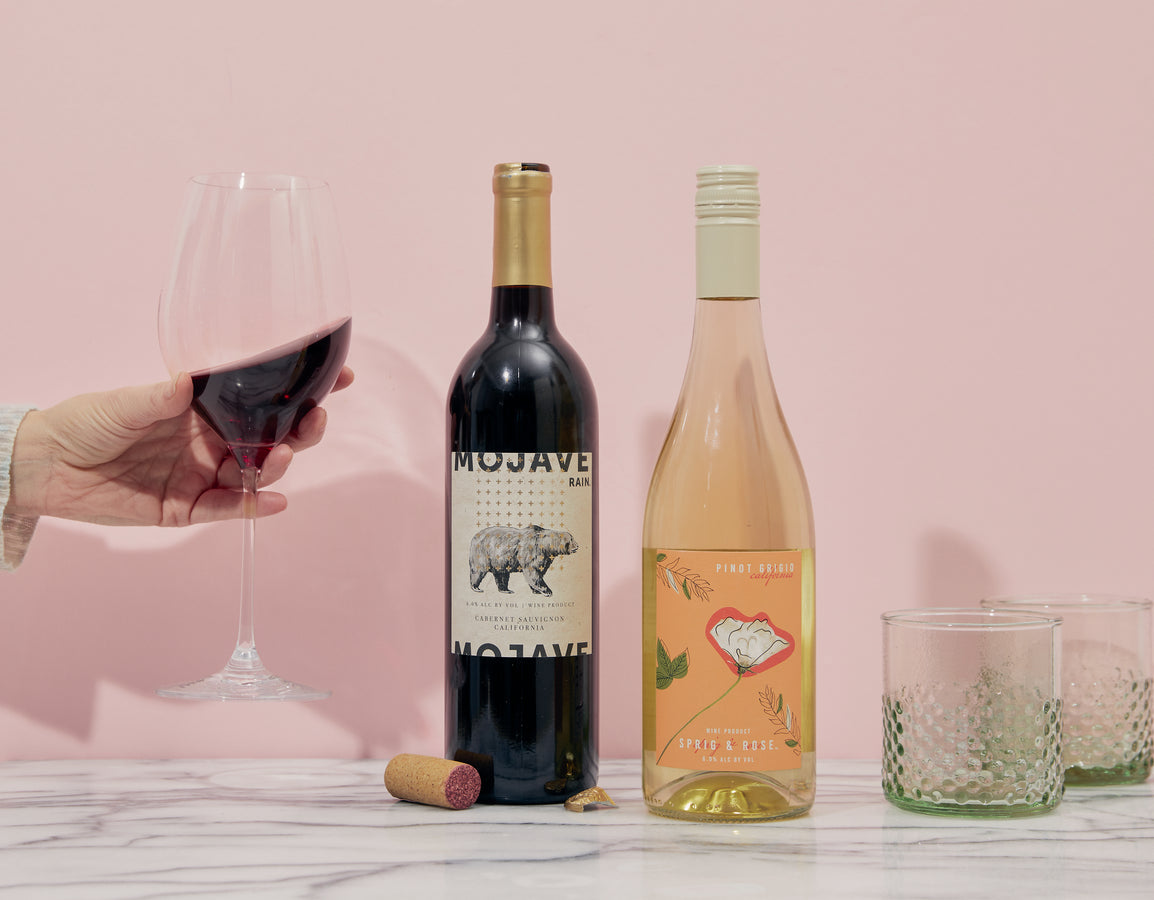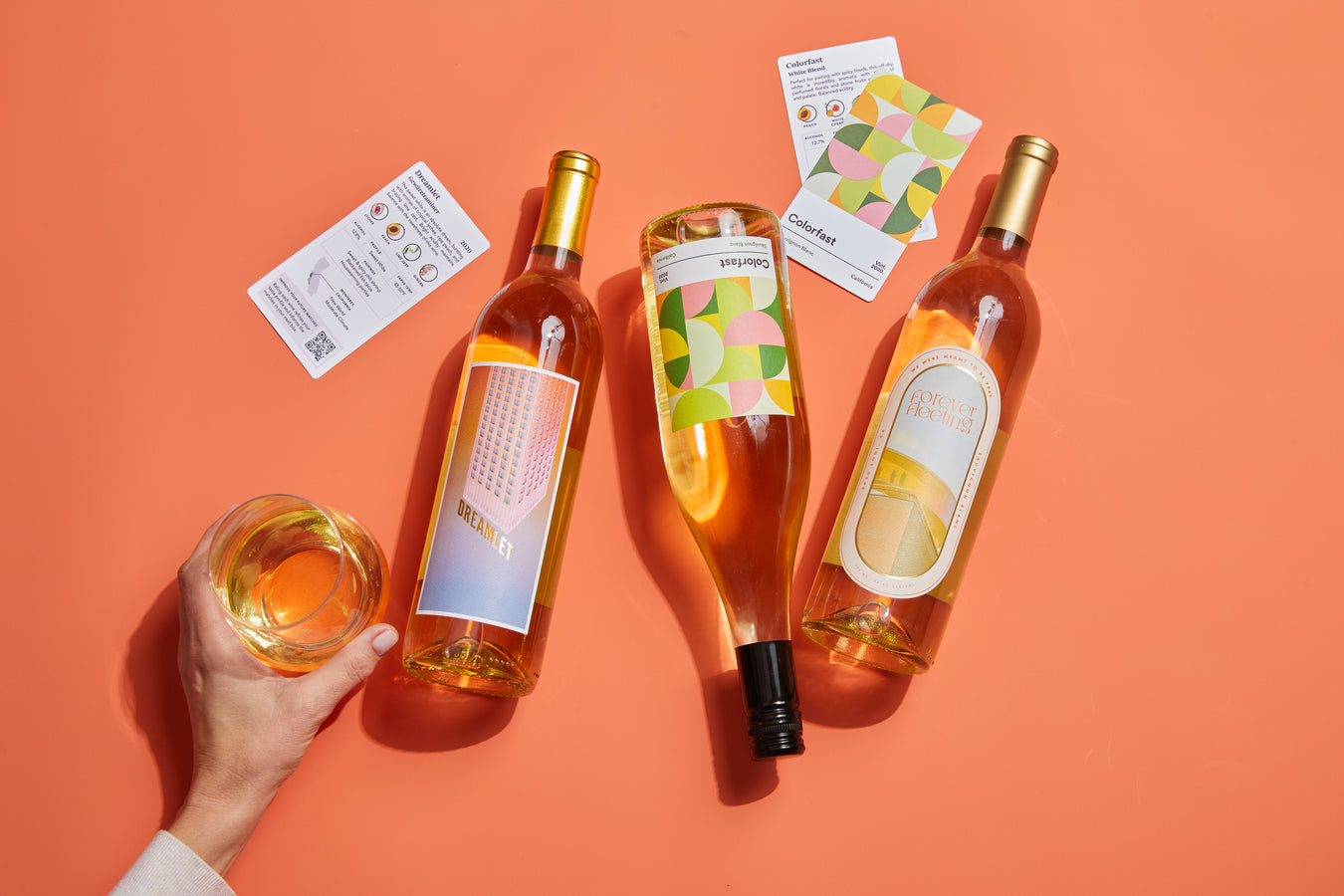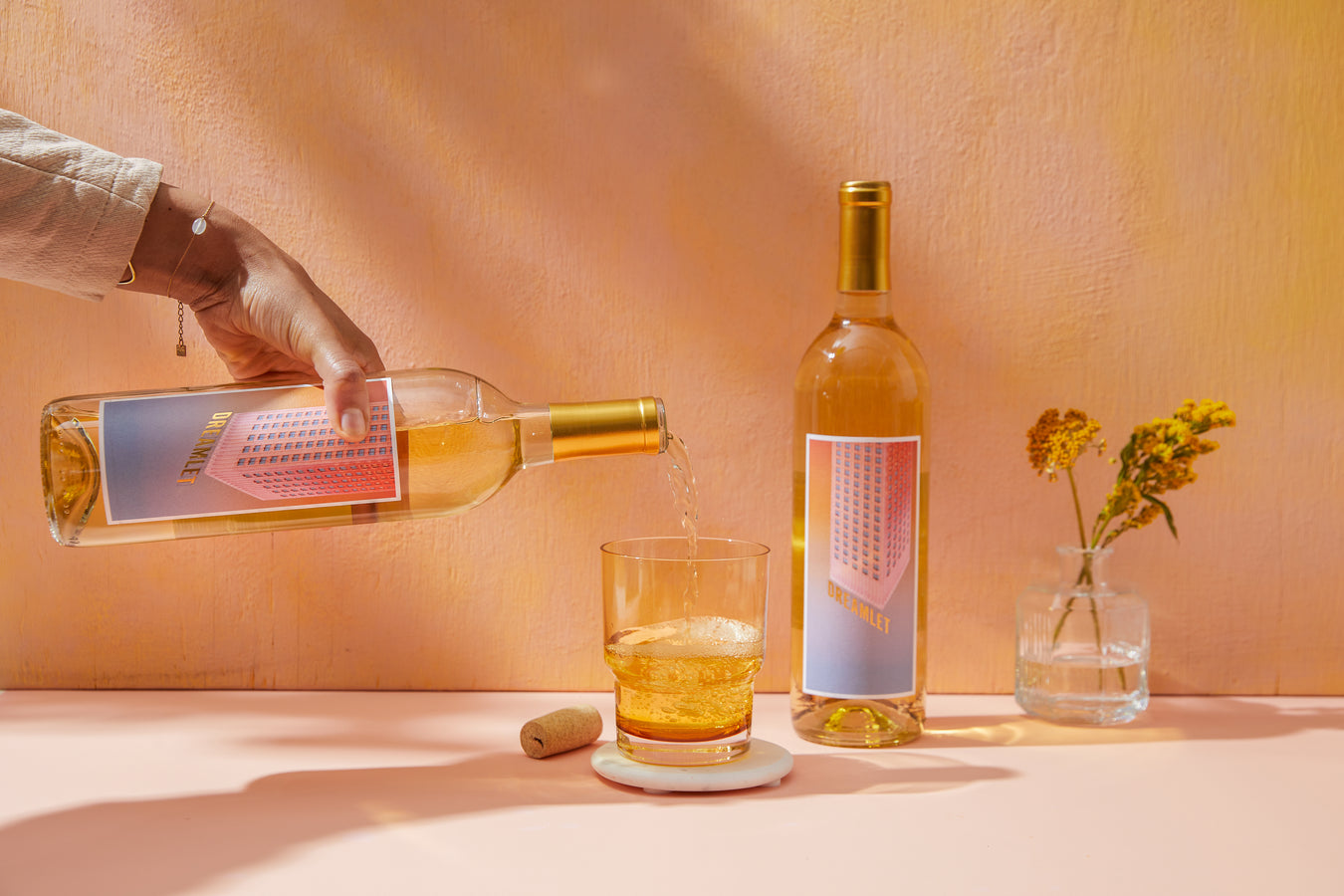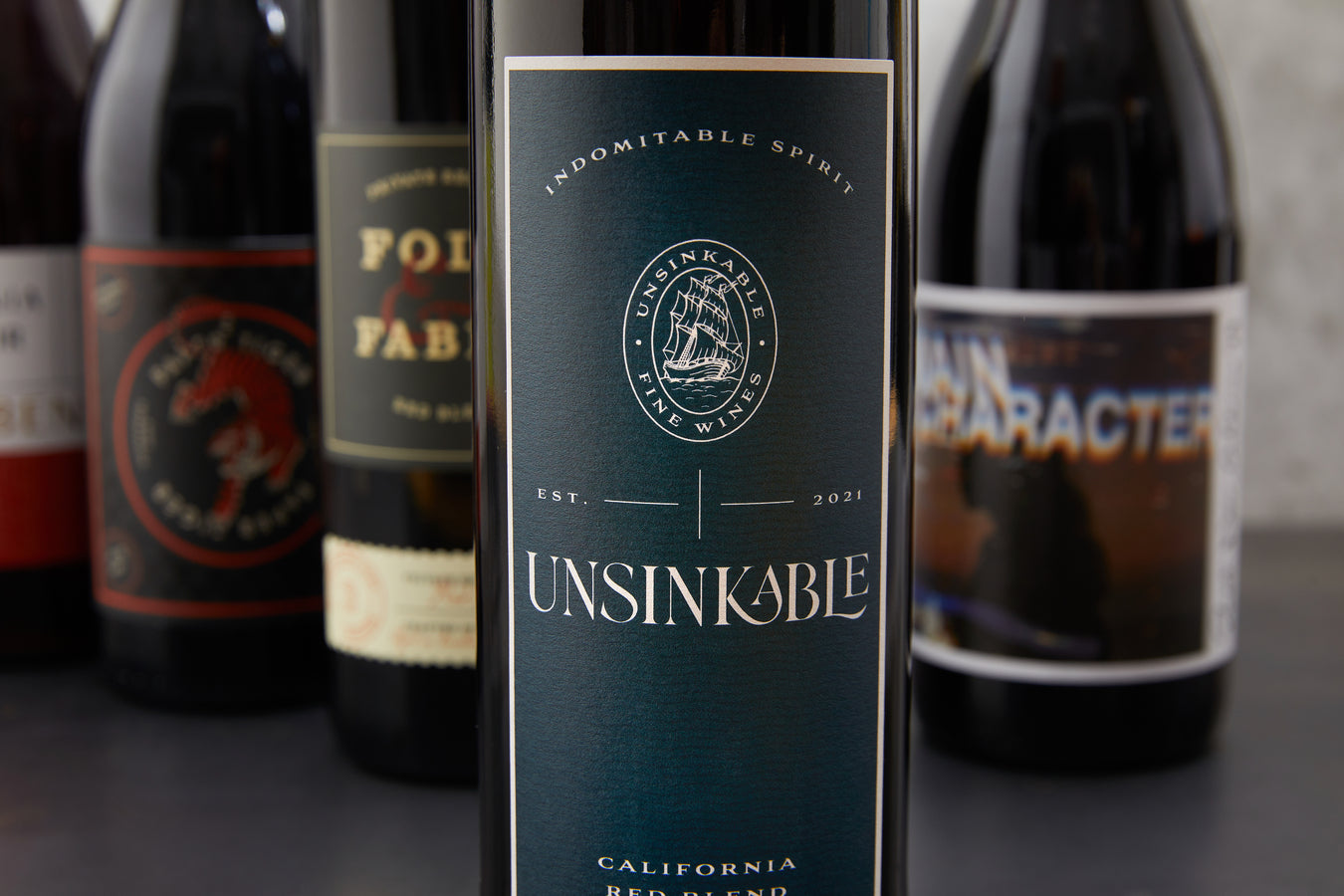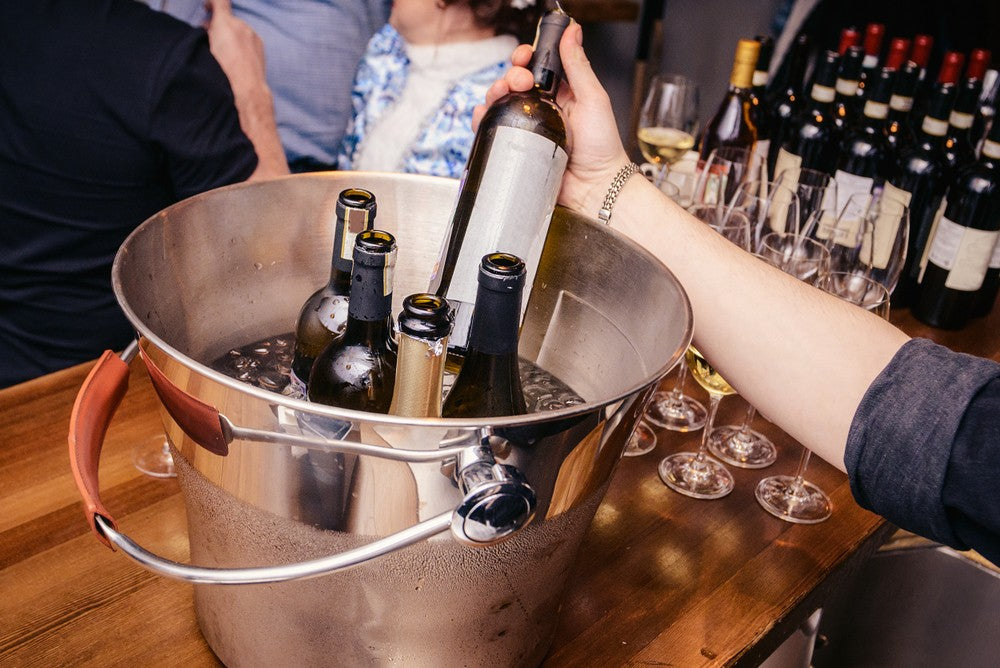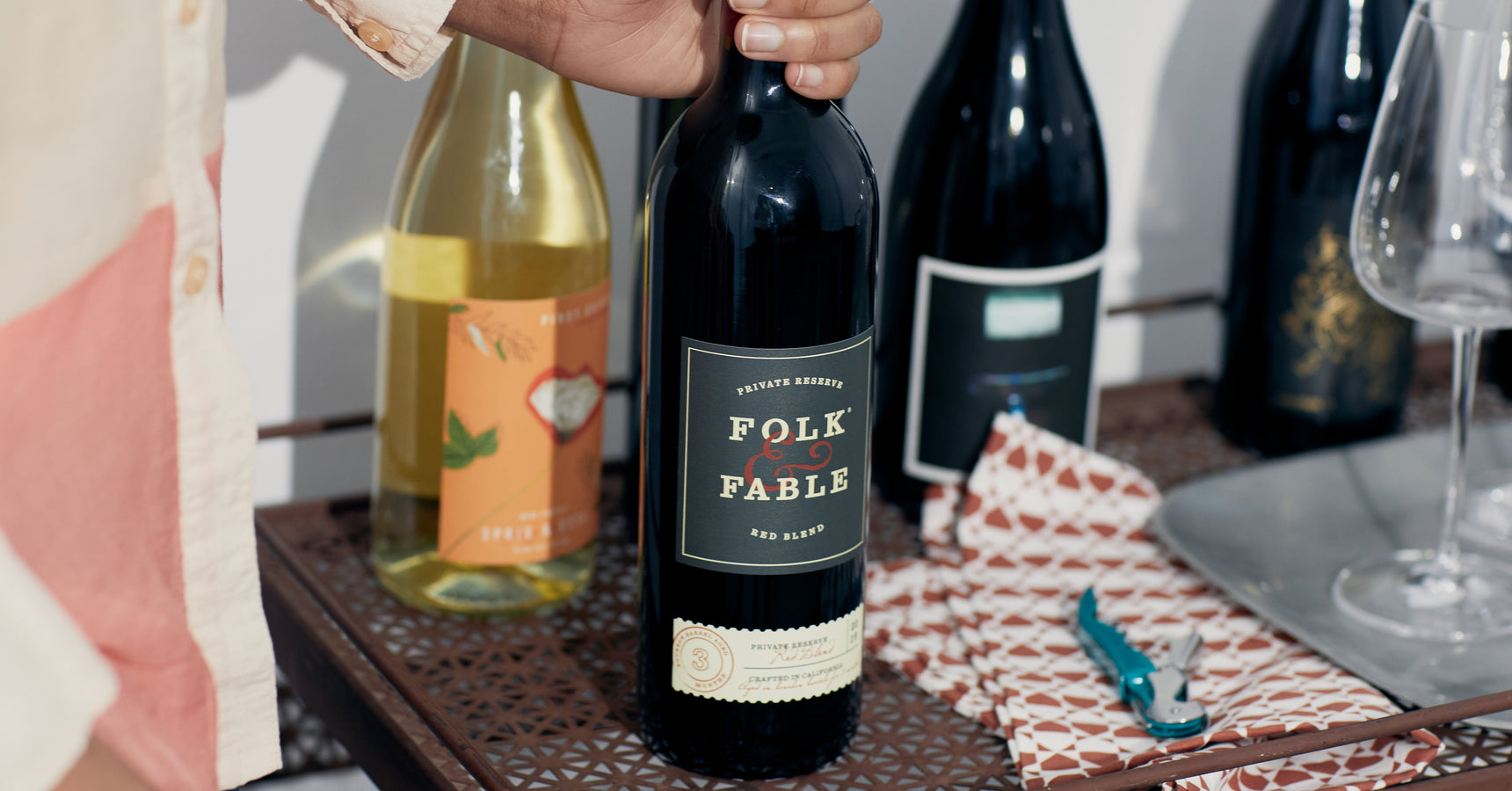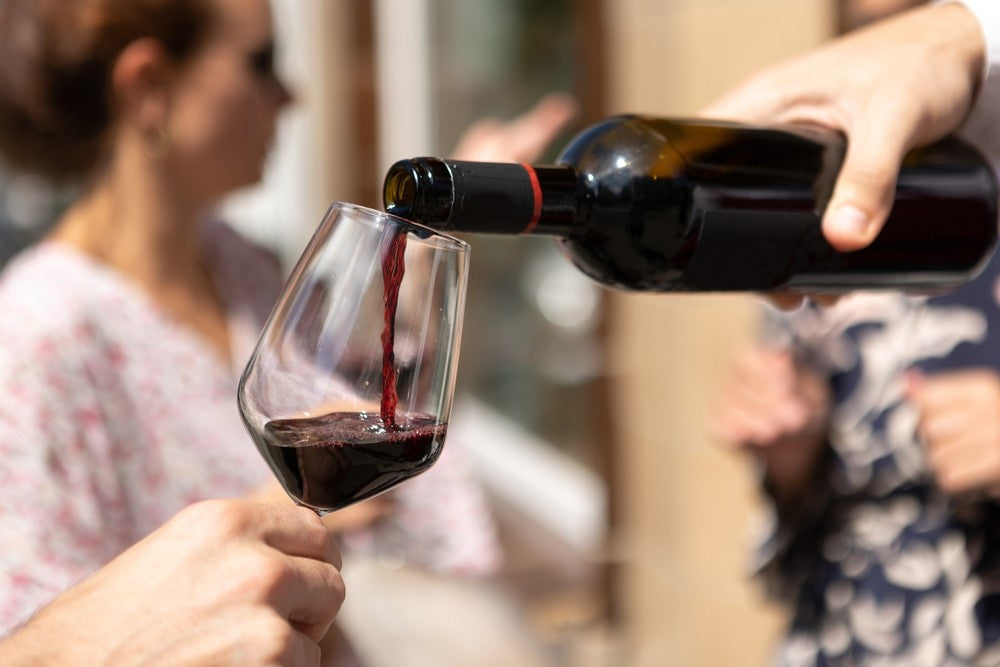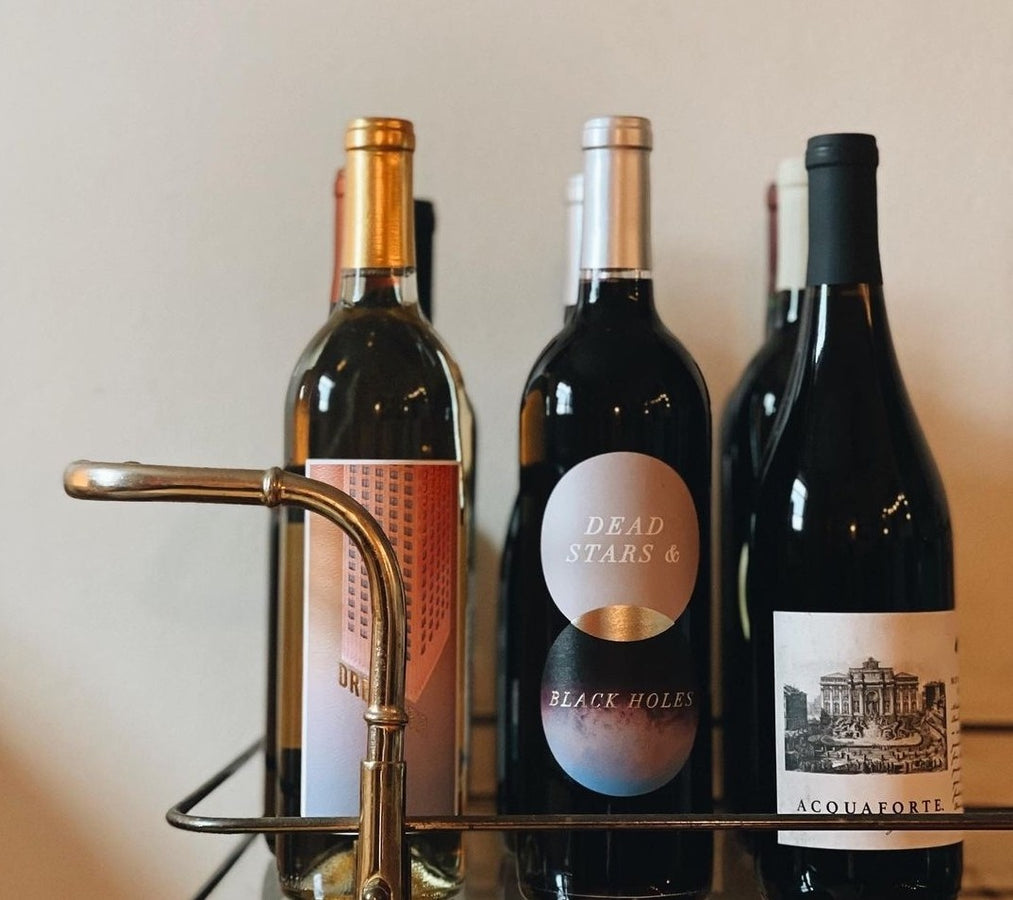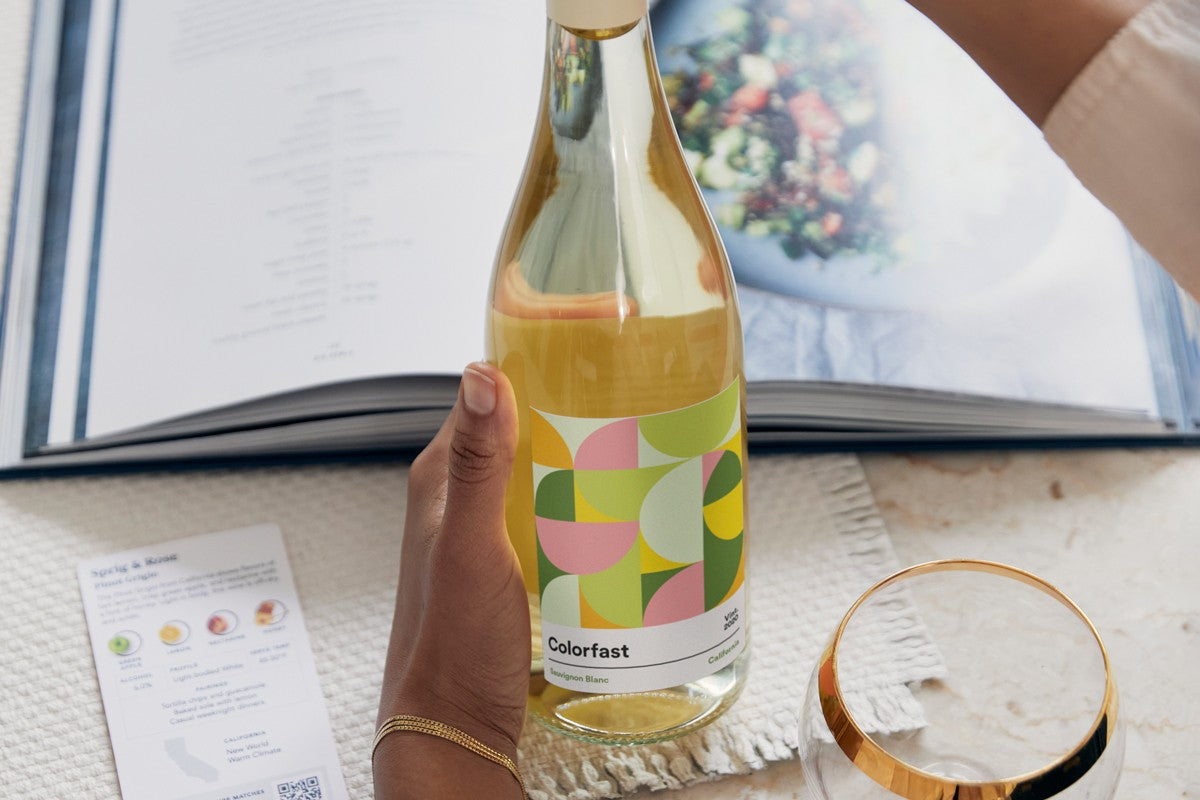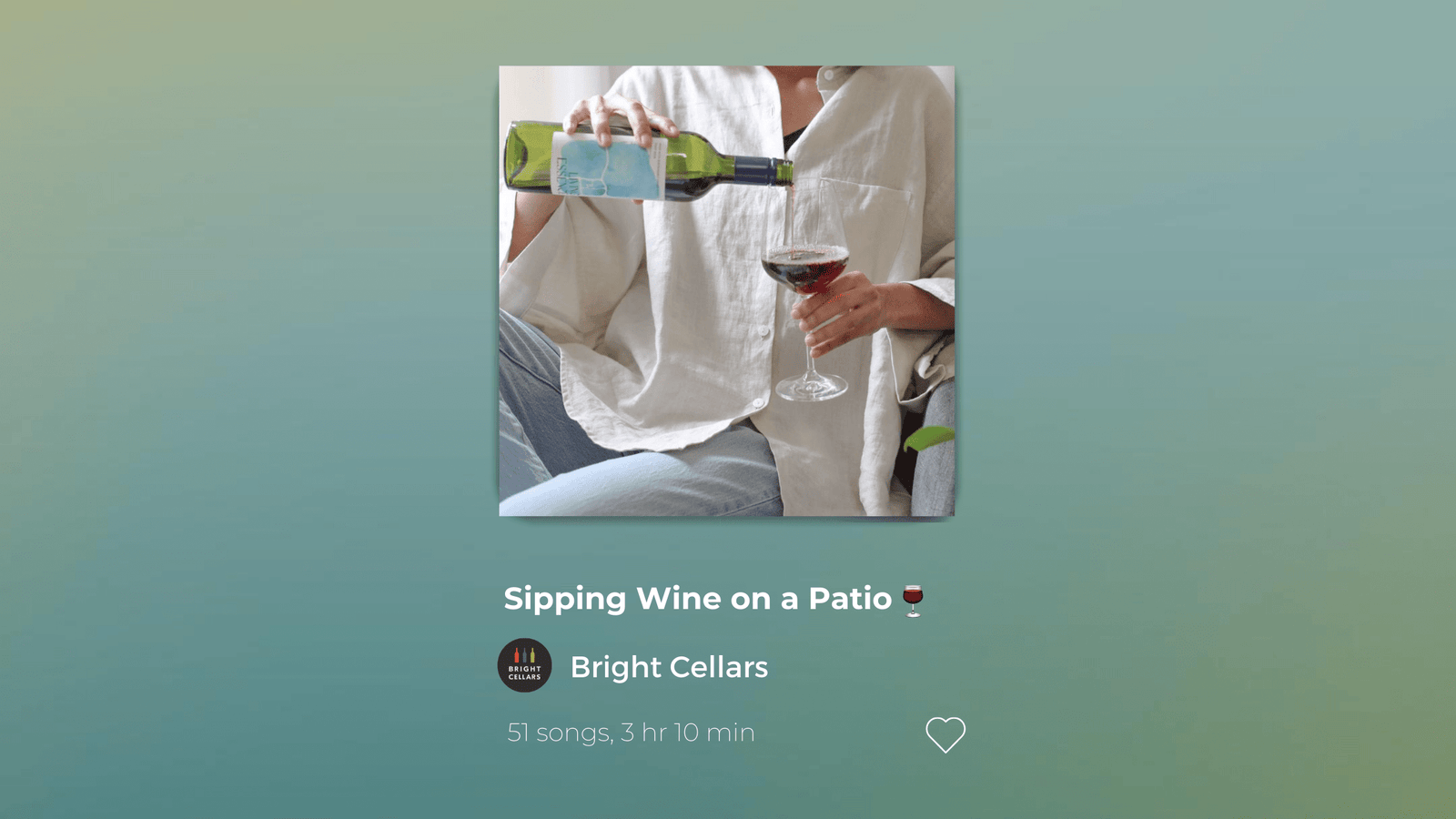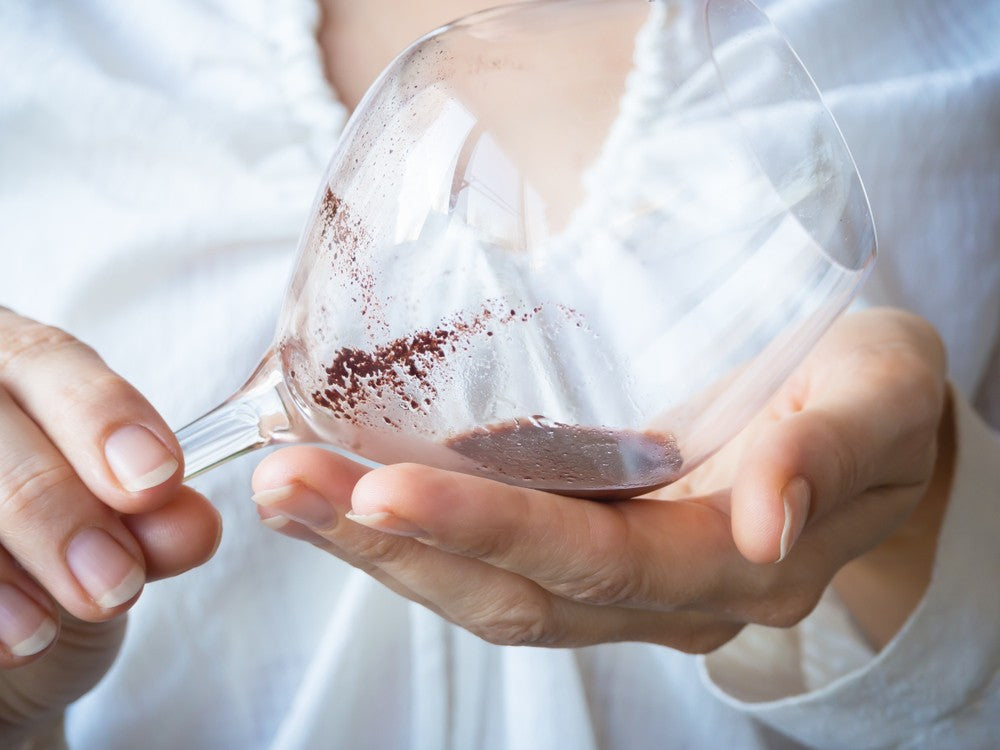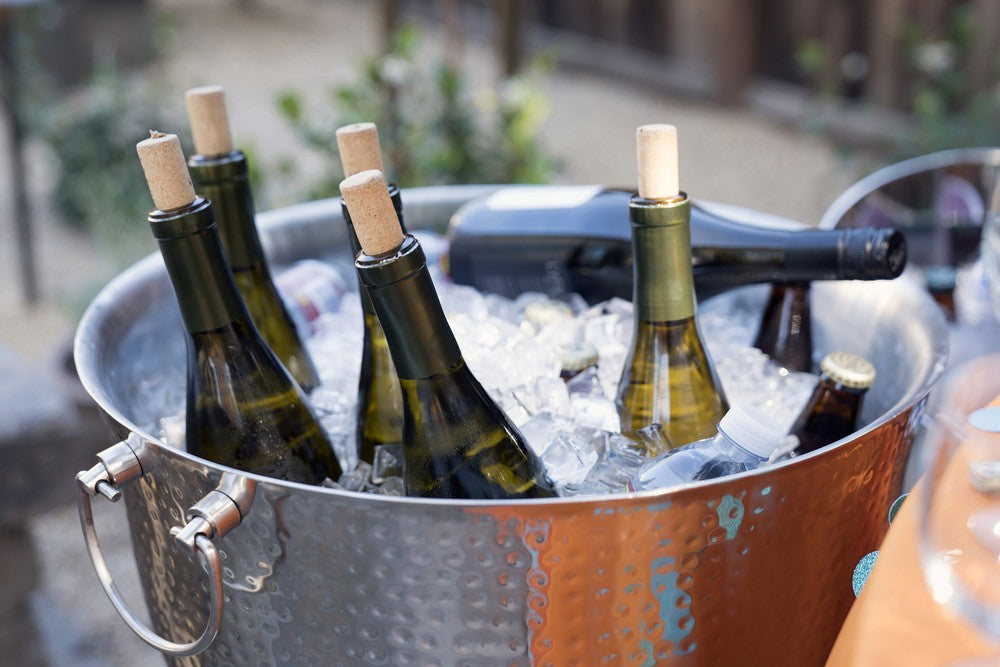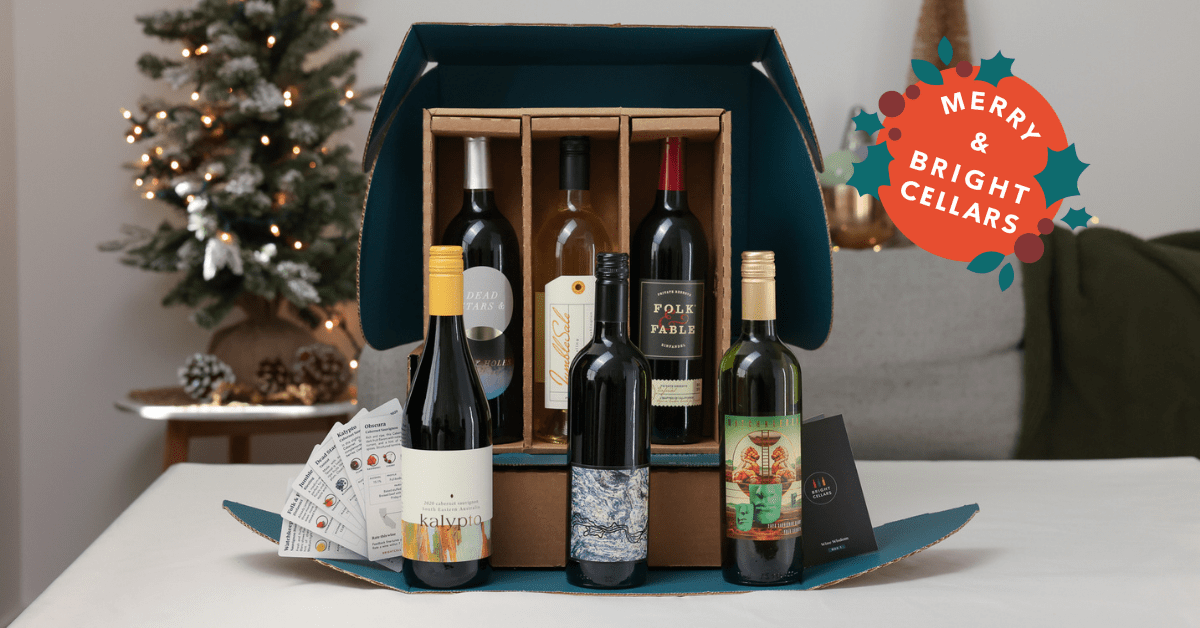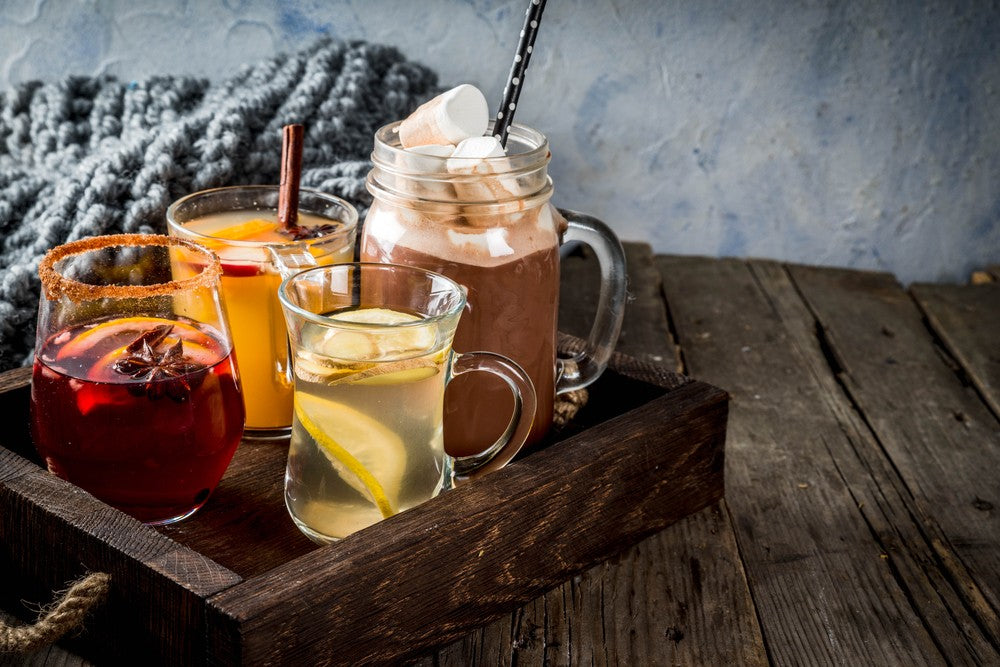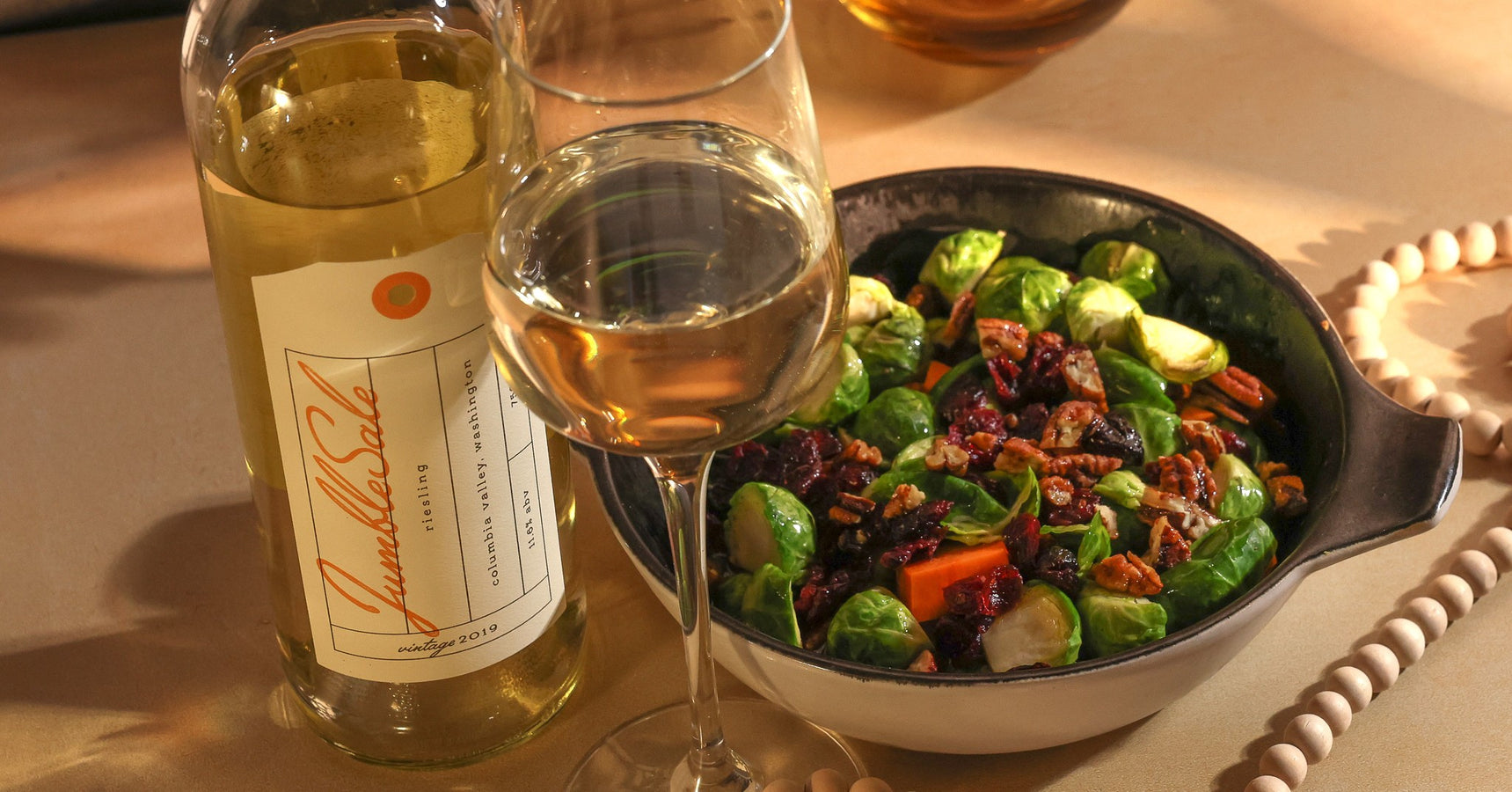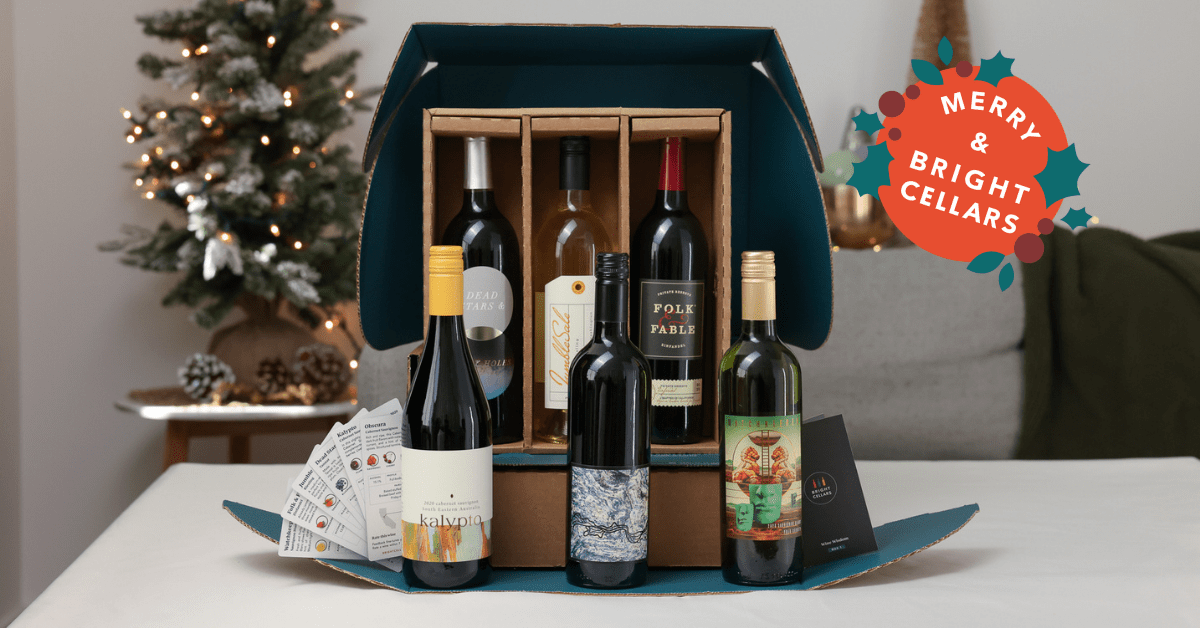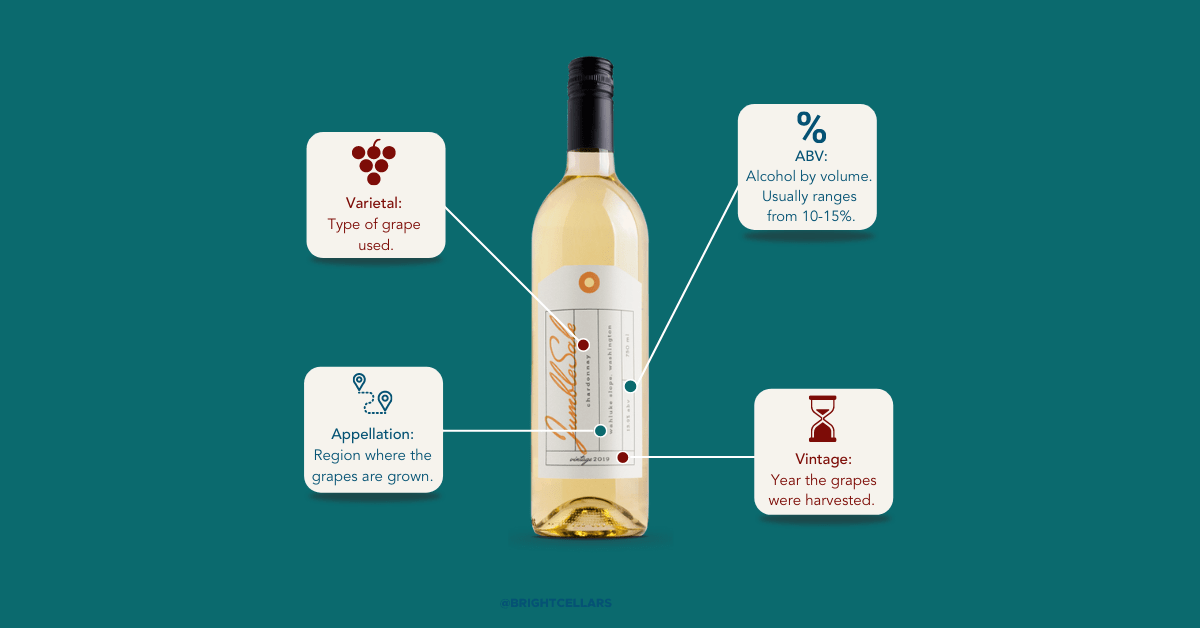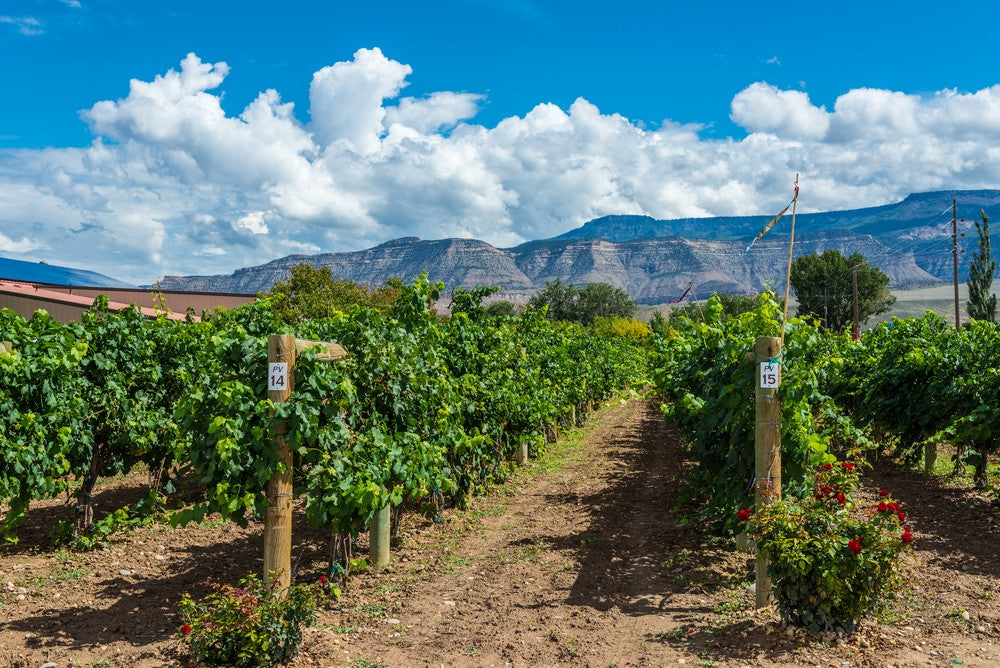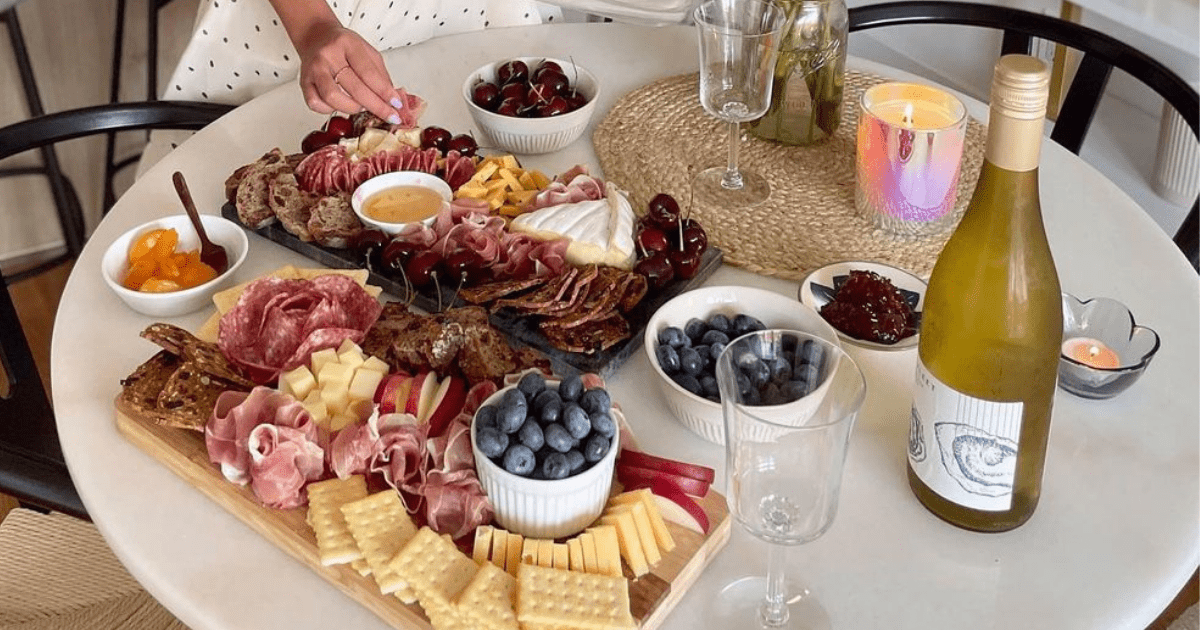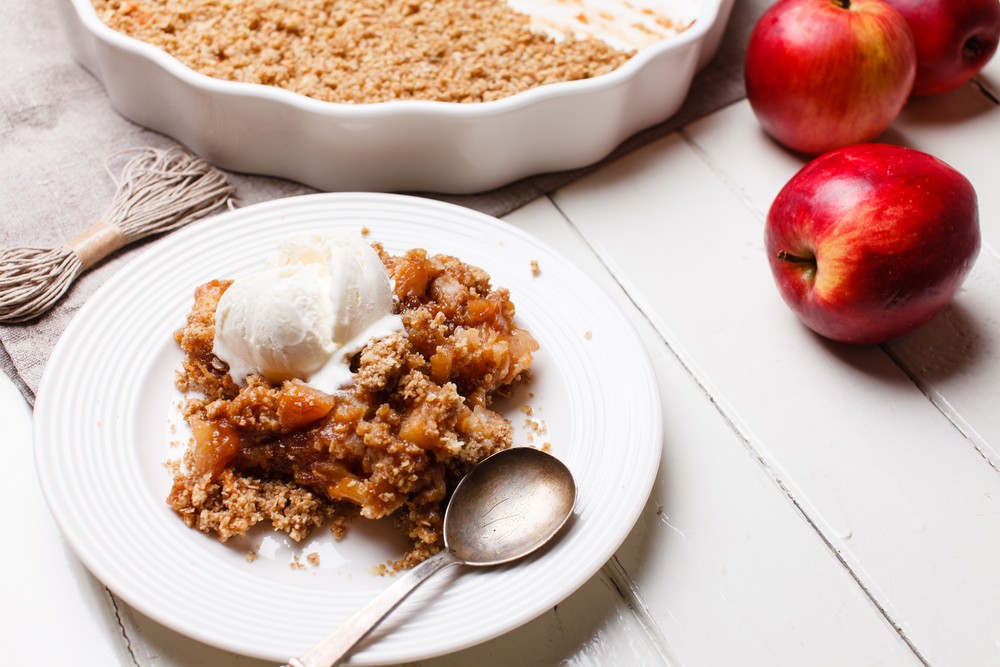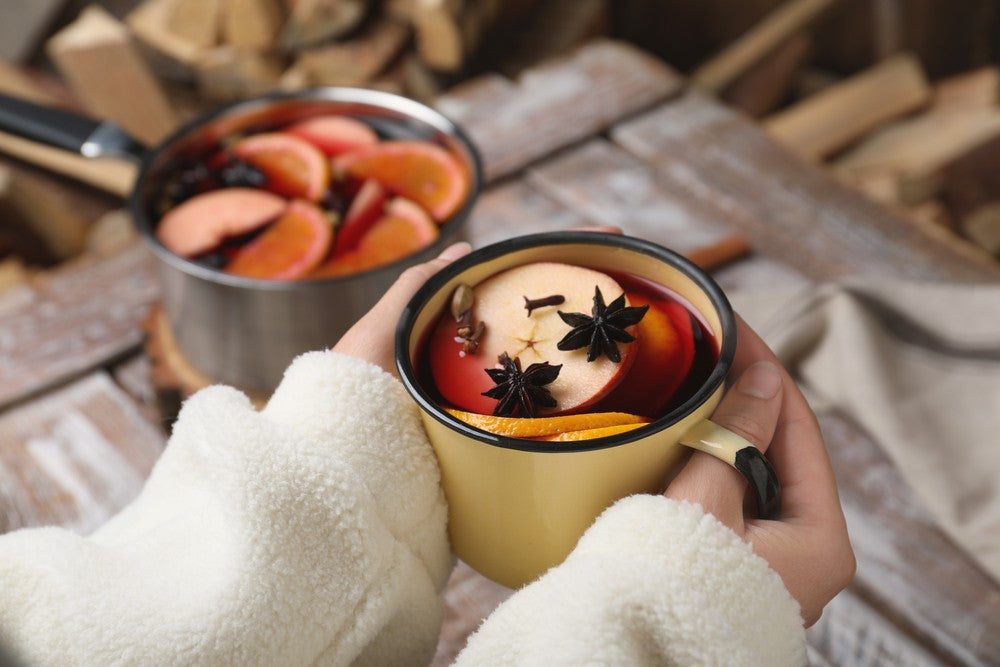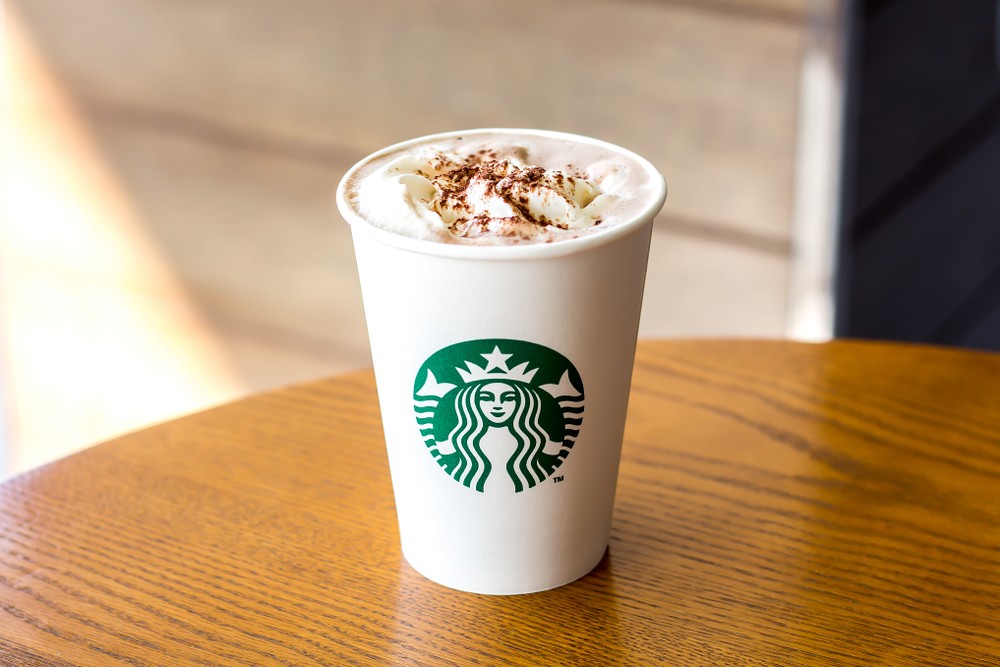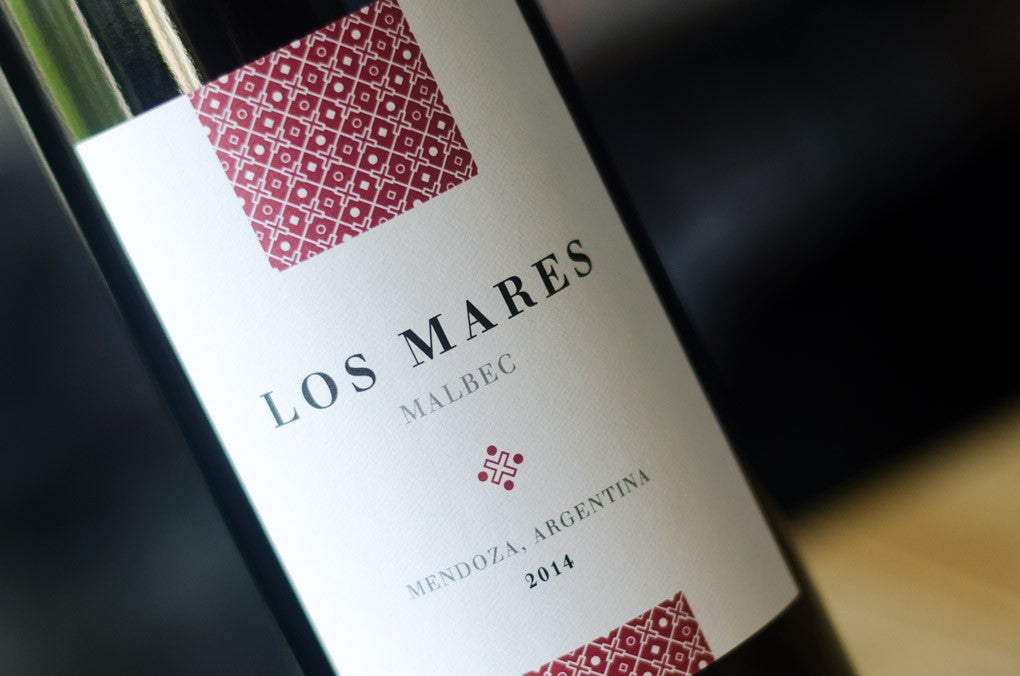
|
True story: On my first day of work, we had a team blind tasting competition. (Don't worry, I work for a wine company, so it’s cool.) Not only had I never done a blind tasting before, our CEO was joining us. Talk about pressure. Each team received the same wine and was expected to swirl, smell and sip to identify the varietal. My whole team was stumped. And if they couldn’t figure it out, what chance did I have on my very first day? I blurted out, “I think it’s a Malbec.” I couldn’t articulate why I felt this way. “I have no idea. I just think it tastes good and I think I normally like Malbec.” My undeveloped personal palate was not enough of a reason for my team to trust that the varietal in our glasses was, indeed, Malbec. So we went with a safer guess and wrote down Cabernet Sauvignon. Each team announced what they thought the wine was. Every group chose Cab Sauv or Pinot Noir. “I’m an idiot,” I thought. But then, to my surprise, our wine director declared that everyone had guessed wrong. The wine in our glasses was (drum roll please)... MALBEC. |
|
Now, I’m getting anecdotal for two reasons. First, this situation goes to prove that a group of people trained in wine can all taste a Malbec and be pretty unsure of what they’re sipping. It’s a very versatile grape. Second, I want you all to know that you’re hearing about this grape from one of the most instinctual Malbec lovers. The next time you go to a wine tasting you’ll be able to talk about your new favorite berry-forward vino with fluency. Because, my friend, I’ve got your (Mal)bec. The first record of the grape varietal we now know as “Malbec” (pronounced mall-bek) was in the 16th century. At this time, the French referred to this grape as “côt,” in recognition of the Cahors appellation where it was originally grown. By the late 1700s, people started calling this varietal “Malbec” upon it’s planting in the Bordeaux region of France. We can thank Monsieur Malbeck for the name. Since he was the first to plant the grape there, he was like, “I bet no one will stop me if I try and name this grape after myself.” He was right, no one stopped him. So here we are. After all this talk about Malbec originating in France, you’re probably thinking, “But, Malbec Queen, I think I’ve only sipped Malbecs from Argentina.” Probably true, pal! That’s because the story of Malbec’s viticultural evolution is quite complex. Actually, its evolution can most accurately be compared to your rebellious cousin who left her rural hometown to move to the big city so she really make something of herself. In this analogy, France is the restrictive hometown that puts dangerous amounts of pressure on your cousin. Maybe her friends could flourish there, but she couldn’t seem to catch a break. Similarly, Malbec couldn’t survive in France for a few reasons. The grape is really sensitive to diseases and growing condition changes. (She’s a delicate lady, ok?) The occasional frosts in France would wipe out entire harvests of Malbec. Have you ever tried bouncin’ back from sub-zero temps? It’s not so easy. The cold made it hard for Malbec to survive, even if other grape varietals were able to keep kickin’ it. On top of that, we’ve got Phylloxera. Phylloxera are microscopic insects that feed on and destroy the roots and leaves of grapevines. When phylloxera came to Bordeaux in the late 1800s, it wiped out nearly all the Malbec vines in the region. We’re actually lucky any vines survived to be brought to Argentina. Enter your cousin’s quarter-life crisis as she moves to the city of her dreams. France let Michael Pouget (aka your cousin’s exciting new city boyfriend) take Malbec to Argentina around the 1850s. Argentina was Malbec’s last shot at really making a name for herself. France was only using Malbec to make blends anyways, so they figured they weren’t missing out on much. Once Pouget got Malbec to Argentina, however, that saucy varietal started to really come into her own. |
|
Think of Mendoza, Argentina, as the hipster town where your cousin traveled, laid down roots and opened the art gallery of her dreams. Immediately after being planted in Mendoza, Malbec started to flourish. The terroir (otherwise known as soil) in Mendoza allowed Malbec to ripen to her full potential. The warm climate and constant sunlight, in conjunction with the dry, high elevation of the terrain, allowed the grapes to develop the distinct flavors you’ll find today in your favorite Malbec. Now, winemakers in Mendoza are able to create wines made out of 100 percent Malbec grapes. No blending needed. This “star is born” story reflects the flavor discrepancies between French and Argentinian Malbec. Malbec from France is incredibly tannic, so they’re normally used in blends to complement the notes of other varietals. Meanwhile, an Argentinian Malbec has a much more complex personality. These wines are fruit-forward, often possessing a balance between dark berry flavors and spicy undertones. The most common fruit characteristics found in Argentinian Malbec are blueberries, blackberries and dark cherries. But when fully ripened, the thin, dark purple skins of the grapes are even able to develop notes of cocoa, leather or violet flowers. So, whether you were reading about Malbec to confirm your love for your favorite varietal or just looking for a new wine to try, there’s one thing I hope you walk away with: the tale of Malbec is the ultimate inspiration. Be confident in your declaration. You may be surprised what a little courage can do. Go all Malbec on everyone’s (gl)asses, be bold and find your place to flourish. Don’t be scared – I’ve got your (Mal)bec! Sources: Nuvo Magazine, The Wine Cellar Insider, Wine Folly |
